What is a Social Science Research Paper
A social science research paper is an academic research paper that looks into different aspects of how people live and interact in society. It covers topics like sociology, psychology, economics, and politics. These papers use evidence and organized investigation to answer questions or test ideas.
Social science papers cover topics such as sociology, psychology, economics, and politics.
Key Components of a Social Science Paper
The main parts of a social science paper are no different from any other types of research paper.
- Title Page
- Abstract
- Introduction
- Literature Review
- Methodology
- Results
- Discussion
- Conclusion
- Reference Page
We will break down how to write and include these sections in your research paper, one by one.
Steps to Write a Social Science Paper
Here are simple steps to write your social science research document.
Step 1. Craft the Title Page
For a social science research paper, the title page should typically include the following information in a clear and standardized format:
- Title: The research paper title should accurately and concisely reflect the main focus of the research. It should be centered on the page and written in the title case (capitalize the first letter of each major word).
- Author(s): List the full name(s) of the author(s) below the title, centered on the page.
- Institutional Affiliation(s): Beneath the author(s)' names, include the name of the institution(s) to which the author(s) are affiliated. If there are multiple authors with different affiliations, use superscript numbers to match authors to their respective institutions.
- Date of Submission (Optional): Some instructors or publications may require or prefer the inclusion of the date of submission.
Step 2. Write Your Social Science Research Paper Abstract
The abstract is a concise summary of the research paper, typically ranging from 150 to 250 words. It should include the following elements:
- Objective or Purpose: Briefly state the research question, objective, or purpose of the study.
- Methods: Describe the methods and procedures used to conduct the research, including the study design, participants, data collection methods, and analytical techniques.
- Results: Summarize the key findings of the study, including any important statistical results or trends.
- Conclusion: Provide a brief conclusion that highlights the significance of the findings and their implications for the broader field of study.
The abstract should be written in a single paragraph, without indentation, and should be concise. Also, make sure it is comprehensive enough to provide readers with a clear understanding of the research paper's content and significance.
Here is an example of a good social science research paper abstract:
The Impact of Parental Involvement on Academic Achievement in Elementary Schools Abstract: This study investigates the relationship between parental involvement and academic achievement among elementary school students. The sample consists of 300 students from three urban elementary schools in a midwestern city. Parental involvement is measured using a standardized questionnaire assessing various dimensions of parental engagement, including communication with teachers, involvement in school activities, and support for homework completion. Academic achievement is assessed based on students' standardized test scores in mathematics and language arts. Results from hierarchical multiple regression analyses indicate a significant positive association between parental involvement and academic achievement, even after controlling for students' socioeconomic status and prior academic performance. Specifically, higher levels of parental involvement are associated with greater gains in standardized test scores in both mathematics (? = 0.32, p < 0.01) and language arts (? = 0.28, p < 0.05). These findings highlight the important role that parental involvement plays in promoting academic success among elementary school students and underscore the need for collaborative efforts between schools, families, and communities to enhance parental engagement initiatives. |
Step 3. Write the Introduction
Begin your research paper introduction by providing background information on the topic to give readers context. Introduce the research question or hypothesis clearly and concisely. Explain why the topic is important and why your study is relevant.
Outline the objectives and scope of your research. Ensure that your introduction is engaging and clearly communicates the purpose of your study to the reader.
Step 4. Pen Down Your Literature Review
Start the literature review by summarizing key findings and theories from existing research on your topic. Identify any gaps or areas where further investigation is needed. Provide a critical analysis of the literature, discussing the strengths and weaknesses of previous studies.
Be sure to cite relevant sources and organize your literature review in a logical and coherent manner. Aim to demonstrate your understanding of the existing research and how it informs your own study.
Step 5. Provide Details about the Research Methodology
Here’s how you should write the methodology section.
- Begin the methodology section by briefly outlining the overall approach used to address the research problem or hypotheses.
- Describe the research design employed in the study, whether it's experimental, observational, correlational, qualitative, quantitative, or mixed methods.
- Provide details about the participants or subjects involved in the study. Include information on their demographics (age, gender, socio-economic status, etc.), recruitment procedures, and any criteria used to select participants.
- Explain how data was collected, including the instruments or tools used (e.g., surveys, interviews, observations), their validity and reliability.
- Outline the step-by-step procedures followed during the study, from participant recruitment to data collection and analysis. Be specific about each stage of the process to provide transparency and enable replication by other researchers.
- Describe the analysis techniques applied to the collected data, they may include the following techniques:
- Case study
- Comparison
- Definition
- Descriptive
- Evaluative
- Exploratory
- Interpretive
- Narrative
- Persuasive
Step 6. Provide Results
Write the results section by presenting your findings objectively, using tables, figures, or descriptive narratives to illustrate the key points. Report your results in a clear and organized manner, following the structure outlined in your methodology.
Be sure to only present the data relevant to your research questions or hypotheses. Avoid interpretation or discussion of the results in this section; simply report what you found.
Step 7. Write the Discussion Section
In the discussion section, interpret the results in relation to your research questions or hypotheses. Compare your findings with existing literature and theories, and discuss any discrepancies or unexpected results you faced.
Consider the implications of your findings and how they contribute to our understanding of the topic. Address any limitations of your study and suggest areas for future research. Engage critically with the literature and offer insights based on your analysis.
Step 8. Conclude Your Social Science Research Paper
Summarize the main findings of your study and their significance in your research paper conclusion. Reiterate the research question or hypothesis and discuss how your study addressed it. Emphasize the importance of your research and its contributions to the field.
Always avoid introducing new information or arguments in the conclusion; instead, provide a synthesis of your findings and their implications. End with a strong closing statement that leaves a lasting impression on the reader.
Step 9. List Down Your References
At the end, compile a list of all sources cited in your paper, following the citation style specified by your instructor or academic institution. Double-check the accuracy and completeness of each reference. Organize your references alphabetically by the author's last name or, if no author, by the title of the source.
Make sure you follow the same formatting guidelines throughout your social science research paper. The APA style is commonly used to format social science papers. You can check out our APA paper formatting guide to structure your paper according to the official APA rules.
Interesting Social Science Paper Topics
Here are some good social science research paper topics you can get inspiration from:
- Explore challenges faced by immigrant communities in integrating into host societies
- Examine the prevalence and consequences of racial profiling in law enforcement practices
- Investigate social factors influencing health outcomes and disparities
- Analyze the social, economic, and environmental implications of rapid urbanization
- Explore disparities in access to technology and digital literacy skills among different demographic groups
- Investigate cultural beliefs shaping perceptions of aging and elder care practices
- Examine media representations and their role in perpetuating stereotypes
- Analyze dynamics of social movements and factors mobilizing participation for change
- Explore the impact of family structures on individual and familial well-being
- These standalone ideas can serve as starting points for developing comprehension
Social Science Research Paper Examples
Take a look at these examples of social science papers that you can get valuable help from.
Some General Tips for Social Science Research Paper Writing
Here are straight-forward tips for writing social science research papers:
- Third-Person Perspective: Discuss procedures objectively; avoid using "I" or "we.
- Correct Verb Tenses: Use past tense for research process, and present tense for findings.
- Accuracy in Reporting: Report actual events, even if results differ; focus on precise data presentation.
- Structured Organization: Arrange logically – introduction, literature review, methodology, results, discussion, conclusion.
- Peer Review and Feedback: Get input from peers or instructors for improvement; incorporate constructive feedback.
In wrapping up, writing a social science research paper involves careful planning and clear communication. Just follow the steps we talked about earlier: organize your ideas well and share your findings in a simple way. Remember to stay focused on your research question, use clear language, and be honest about your analysis.
If you ever need help, SharkPapers.com is here for you. Get research paper writing help from us, our experts will guide you through the process and make it easier for you. With their help, you'll handle the challenges of writing a research paper and make sure your work is clear and effective.
Don't hesitate to reach out to our professional paper writers – we're here to support you every step of the way.
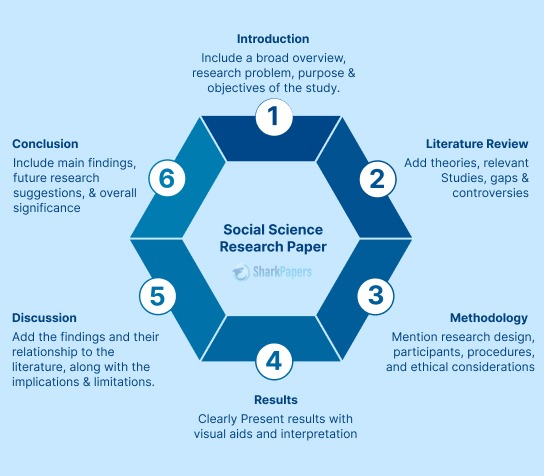















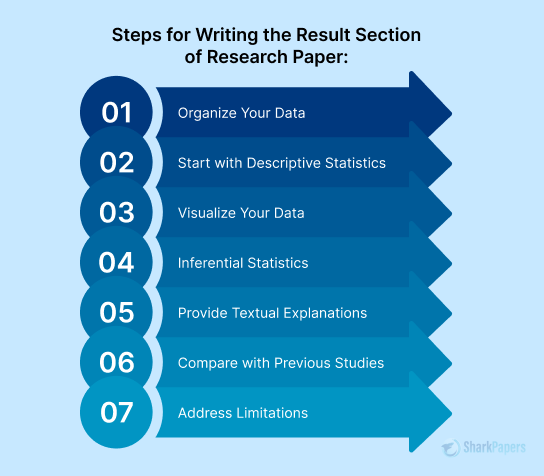

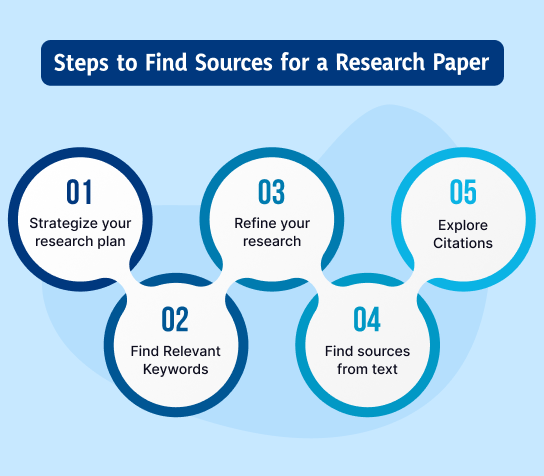
)
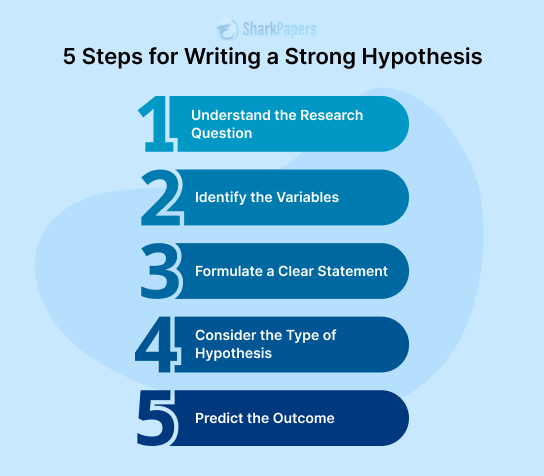
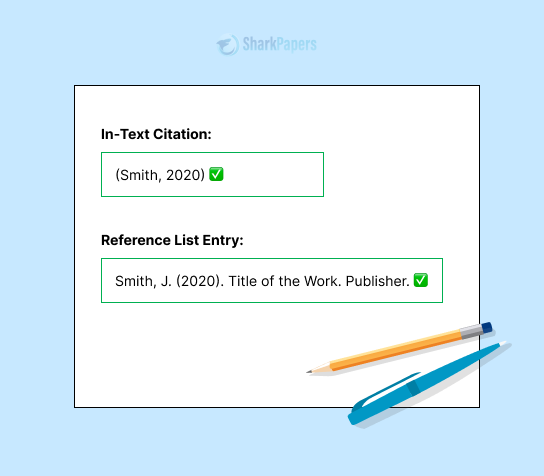



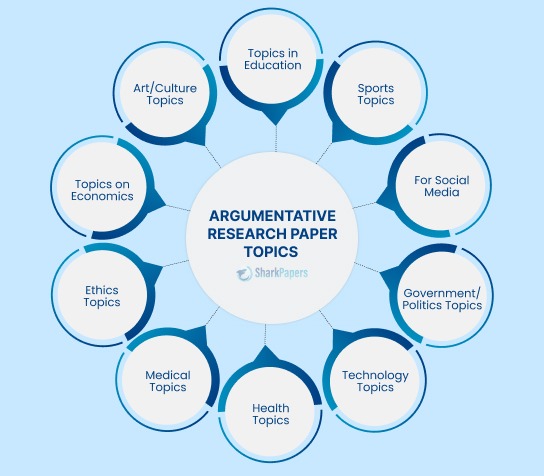





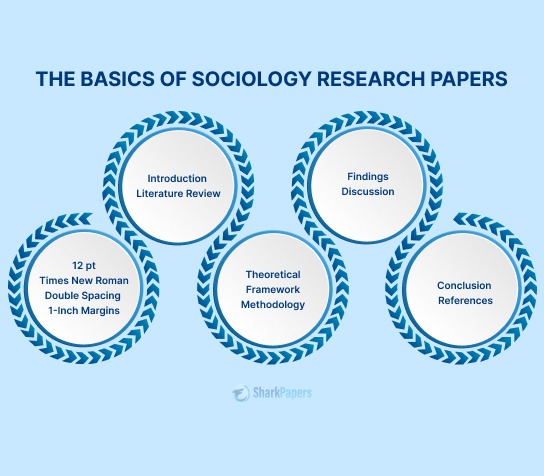


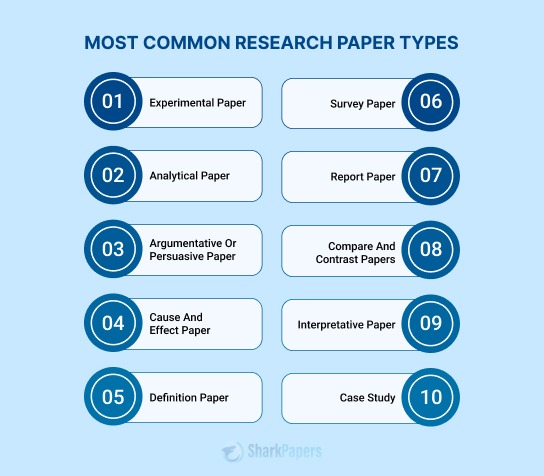

















-12114.jpg)














 Not seeing it? Check Promotions or Spam — inboxes get protective.
Not seeing it? Check Promotions or Spam — inboxes get protective.